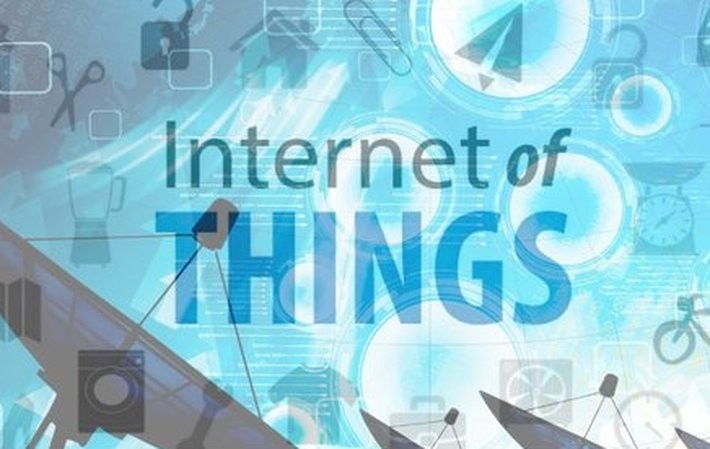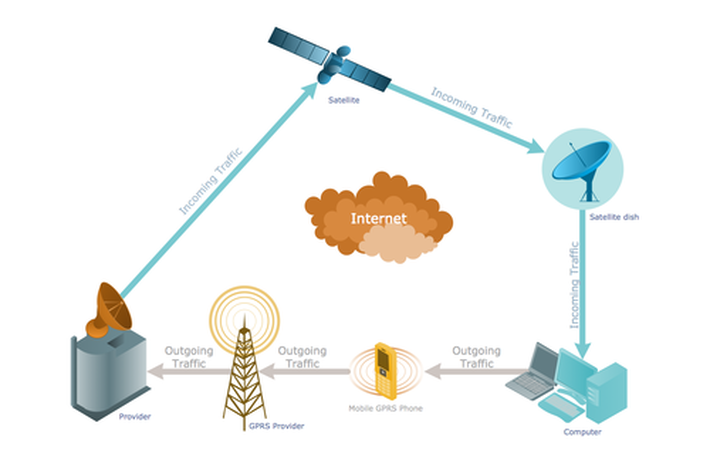
Published on 12/27/2016 | Use Cases
Internet of Things/Everything is the buzz word these days with companies and research house predicting billion of devices to come online by 2020 and generating few trillion $ opportunities. The word "INTERNET" in IoT, mandates that telecom players or network service providers or communication service providers (CSP) take a bet on it and play a crucial role. There are lot of synergies that carriers/telco's can derive out of IoT and more importantly drive the adoption in a more robust, scalable, safe and secured way.
I will cover this in 2 parts -
Part A I will cover building blocks such as network infrastructure, protocol support, OSS/BSS stack, and real life case studies.
Part B - I will cover telco specific strength - Distribution Network, Enterprise Customer Reach, Individual Consumer Reach (Broadband, DTH, Mobile Payments), and Need to Move Up Value Chain.
An important asset that telecom companies hold is spectrum and the wide network to explore that spectrum to offer data services. Barring issues faced in connectivity and speed, it is still the most ubiquitously used and widespread solution for connectivity to the internet, through mobile devices. More so, in developing countries where the wire-line broadband internet penetration is still low, wireless broadband is widely used because these economies have leapfrogged from wire-line to wire-less or from copper to fiber.

Many of the IoT use cases which are deployed on the field such as farms (smart agriculture), converters and power inverter (smart energy), connected automobile (cars), fleet management solutions, automated meter reading, etc...need to rely on a 2G/3G/4G connectivity. Additionally there is need of connectivity management solution, so users can on demand activate/deactivate/manage and monitor consumption of data for M2M use cases. Connectivity management platform plays a key role in the complete IOT stack to allow users to remotely manage connectivity and also perform over the air operations such as OTA updates on the hardware. Jasper, Aeris, Ericsson CDP, and few others are well known examples in this space. Telco's can foray into building one of its own or simply choose to adopt an existing solution to decrease time to market.
Telecom players already provide support for most latest communication technologies such as 5G and 6G but an emerging IoT protocol that telco's are adopting and researching is NB-IOT. Narrow band IoT is a low power wide area network based radio technology that is specifically designed to support devices. IoT solutions means a need to connect lot of devices to the internet - which can be deployed over a wide area and need to run on batteries. Hence it is critical to leverage low energy hogging protocols such as NB-IoT. Standardization is almost complete for this protocol by 3GPP.
RPMA is an interesting protocol and architecture that telecom can explore further. San Diego-based Ingenu (formerly On-Ramp Wireless) “bring[s] connectivity exclusively to machines.” The company says that its proprietary random phase multiple access (RPMA) technology enables wide area connectivity using unlicensed devices in the globally-available 2.4 GHz band. An RPMA access point can cover 30 to 200 square miles, depending on terrain, communicating with devices that can run for years without having to replace their batteries. Ingenu says it can serve devices that individually consume less than 3 MB of data per month. The company claims 38 private networks operational in 20 countries. Ingenu provides the technology -- operators build their own networks and choose their own business models
OSS/BSS
OSS/BSS stack is the heart and soul of a telecom company operations and services. An operational support system (OSS) is a set of programs that help a communications service provider monitor, control, analyze and manage a telephone or computer network. Business support systems (BSS) are the components that a telecommunications service provider (or telco) uses to run its business operations towards customers. Together with operations support systems (OSS), they are used to supporting various end-to-end telecommunication services (e.g., telephone services).
I think this two important stack provides a very important backbone for telecom to easily adopt and promote IoT/M2M solutions. Billing is one of the key functionality, likewise customer support and last mile reach to customers. Provisioning of the connectivity services and even more importantly connectivity management platforms.
Mobile payment gateway and solution such as M-Pesa, Airtel Money, and likewise built by telco operators improves stickiness to the brand and also in some cases act as a conduit for them to improve bill collection for micro service at an economical cost.
Use Cases
Traffic Management One of the most common problem these days is managing ever increasing traffic on the road and road accidents, jams, fuel consumption at traffic lights, etc. I would draw your attention to read my article on reducing road accident rates by using IOT.
A solution can be created using method to rely on anonymity and aggregated mobile phone data. By making traffic flows visible to central command and control center the management of traffic can be smoothed out. Investing in modern methods to improve the traffic situation and make it easier to access the town center.
By installing a network of connected cameras and licence plate readers across the city, which are linked to the central traffic control center and by remotely monitoring the traffic across the city, the traffic police can take remedial actions when problems occur and ensure that traffic lights and major routes across the city are effectively prioritized. Toll collection system can also be linked to traffic control to reduce congestion on freeways and major roads by removing toll booths and introducing an automated toll collection system based around RFID technology.
Mobility as a Service
Disabled and elderly people who find it hard to travel can have a service aimed at the visually impaired, with a number of streets covered. Using 3G/4G network a solution can be implemented a series of beacons and cameras which can be used to guide a visually impaired resident around the city. In combination with a smartphone app, visually impaired residents can work out where exactly they are, follow routing guidance to reach their destination, be alerted to any obstacles in the street and obtain assistance in crossing busy roads. The service can be expanded to cover internal and critical zones such as hospitals, metro stations, railway stations, bus stands, etc.
There many other use case that can be described here but I will limit to above two for now. I will be writing Part B covering aspects wide distribution network, existing enterprise customer base, individual consumer reach through services such as broadband, DTH and payments services and most important the need to move up the value chain.
#telecom, #iot, #m2m, #OSS, #BSS
This article was originally posted on LinkedIn.